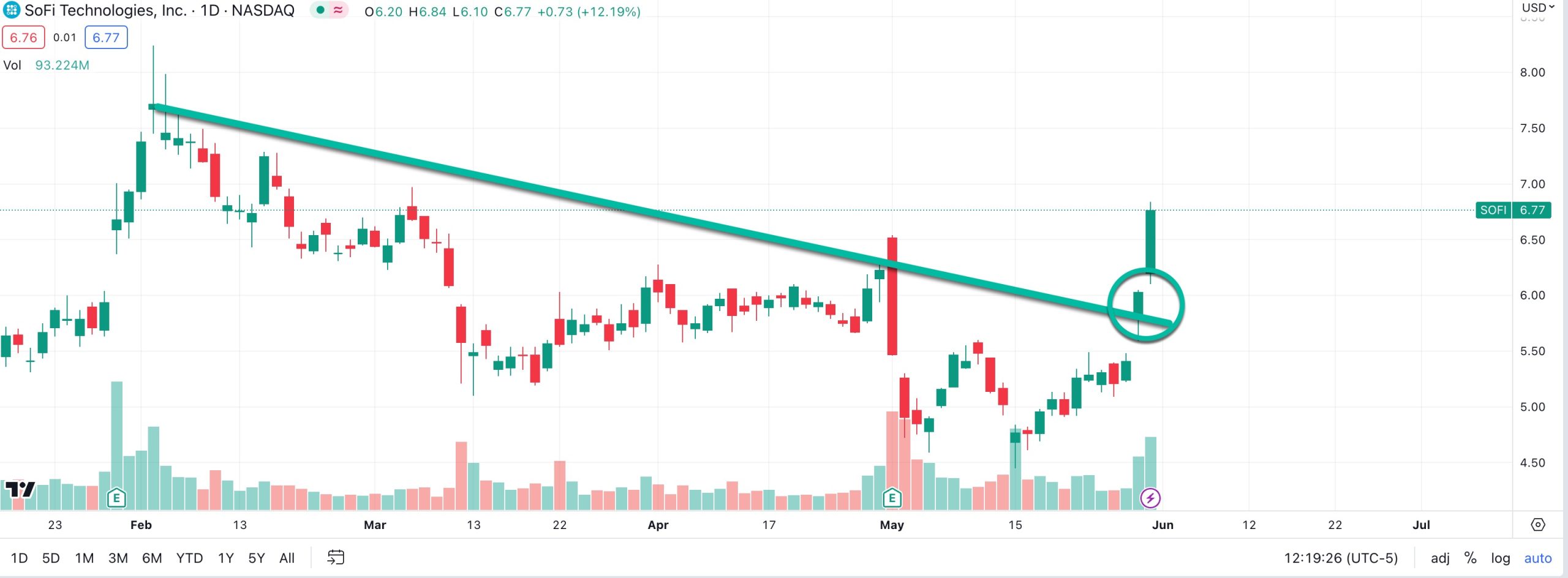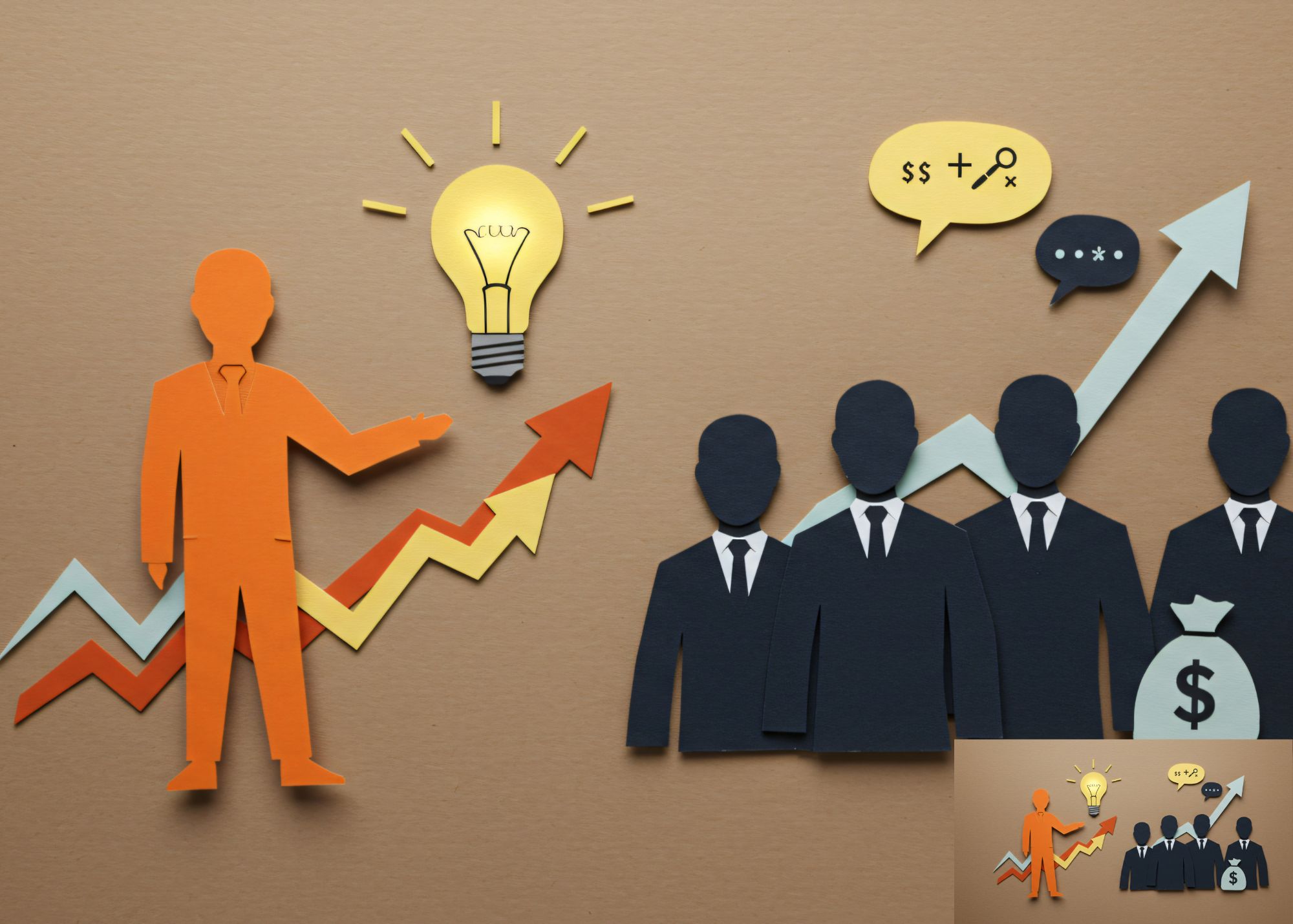Market Commentary: CEO Bets The Farm On His Stock
Perhaps no greater signal exists that a company has upside potential than when its CEO starts putting his/her own hard-earned capital into it. And yet that’s exactly what happened with SoFi, again, and again, and again.
Here are SoFi CEO Anthony Noto’s transactions over the past 6 months or so. Note these are open-market and unplanned transactions by a key insider.
- Dec 9 2022: Bought 682,500 shares at $4.36
- Dec 12 2022: Bought 132,600 shares at $4.29
- Dec 13 2022: Bought 318,965 shares at $4.58
- Dec 15 2022: Bought 225,00 shares at $4.59
- Dec 16 2022: Bought 300,000 shares at $4.59
- March 10 2023: Bought 180,000 shares at $5.52
- March 16 2023: Bought 45,000 shares at $5.39
- May 4 2023: Bought 50,000 shares at $4.73
- May 5 2023: Bought 19,833 shares at $5.03
- May 5 2023: Bought 30,000 shares at $5.11
- May 15 2023: Bought 108,000 shares at $4.67
Clearly spending millions of dollars to buy his own stock signaled Noto had enormous confidence in the future share price. Was he right to bet so heavily?
What Happened To SoFi?
Now let’s fast forward to May 31 when speculation was ride that Congress would pass a bill to suspend the debt ceiling in which a concession Speaker of the House Kevin McCarthy received was an end to the student loan moratorium, which would directly benefit SoFi.
What happened to the stock? You can see below:
The pop on May 31 was the market pricing in the news that was coming down the pike. So what’s the lesson here?
Why Following Big Money Is Key
As a casual stock market observer, the best you can do is access public information. But insiders have an asymmetric information advantage.
Did Anthony Noto know that news was coming which would end the moratorium on student debt payments, a key lever to grow his business?
It’s impossible to say for sure, but certainly he would have had a pulse on the odds of it happening. That is the kind of key information ordinary shareholders will struggle to have without a deep investigation into a company.
Similarly, when Stanley Druckenmiller loaded up on Nvidia and Microsoft shares, few were aware that OpenAI was on the cusp of launching publicly a tool so disruptive that tens of millions would use it faster than they had flocked to any other technology product or service in history.
“Why is Druckenmiller buying boring old Microsoft?” was the initial refrain. Unless you knew that Microsoft had a big stake in OpenAI and you had already glimpsed the potential disruptive power of artificial intelligence, it would be nearly impossible to glean from the purchase alone the reasoning behind it.
To Buy or Not To Buy?
Sometimes it’s best to follow Druckenmiller’s own method of purchasing positions: buy first and confirm the thesis later because the market moves so quickly. Or in other words, when big money flows into a stock, you can follow along and then research the reasons behind the money flows later.
Of course, it’s not a failsafe strategy but if you look at the track record of insiders versus retail traders, you will see having an information advantage has a materially positive effect on returns.




